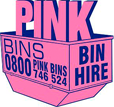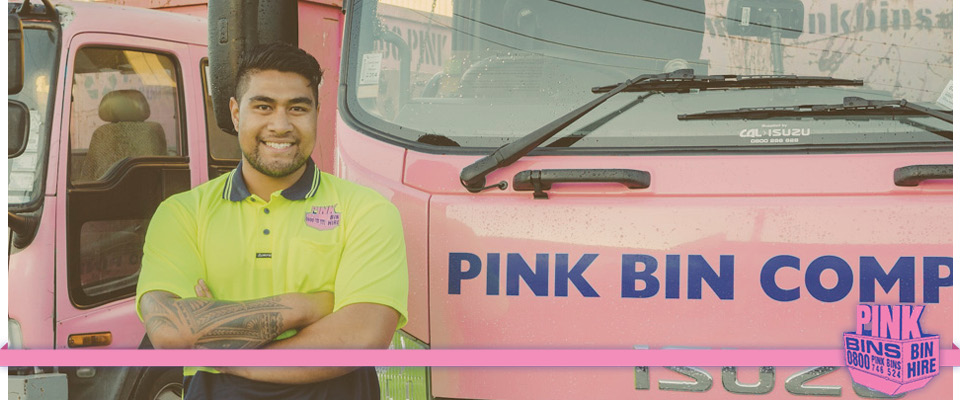We operate 11 trucks at Pink Bins: nine gantry trucks and two, 8-wheeler hook trucks. And it’s important to us that our drivers are safe. After all, a heavy truck can do plenty of damage.
Safety has long been integral to our business. For some reason, though, not all businesses take it quite as seriously. This is probably for short-sighted economic reasons — some seem to think that maintaining a safe workplace is expensive and “over the top”. However, where’s the economic sense in jeopardising the people who operate your business? The reality is that health & safety laws are becoming tougher. And businesses that fail to provide safe working environments can receive harsh fines or be shut down.
Being safe makes good business sense
Actually, it makes good economic sense to be safe. We found that by improving our H & S standards, we received reductions in our ACC levies. Our people are more engaged in a safe workplace and stay with us longer. Also, (surprise, surprise) we get fewer injuries, so our people are on the job more often.
Fatigue
Fatigue can be a problem for drivers, and it is something we are mindful of. This is why (as per NZTA regulations) we ensure our drivers take a break every five hours. Largely due to their bulk, trucks are actually responsible for 15 –19 % of road fatalities — despite traveling just 6% of the total distance travelled by motor vehicles on New Zealand roads.
Fatigue is thought to be the cause of about 12% of New Zealand crashes. You see, when you’re driving tired, your reactions are dulled; you can’t concentrate so well; it takes longer to understand a traffic situation taking place.
Falls
Falls from trucks are the cause of many back, knee and ankle injuries. In the waste disposal business, this can occur while getting in and out of the cab or climbing up onto the bins.
So, our drivers use, what’s known as, the 3-point climbing system for maximum support and to reduce the likelihood of slipping. Using this system ensures a driver always maintains three points of contact with their truck — two hands and one foot or two feet and one hand.
Off the truck
Of course, there are hazards outside of the truck. Our drivers frequently pick up or drop off bins from building sites — dangerous places if you aren’t careful. So, they are all equipped with hard hats and high-visibility vests.

